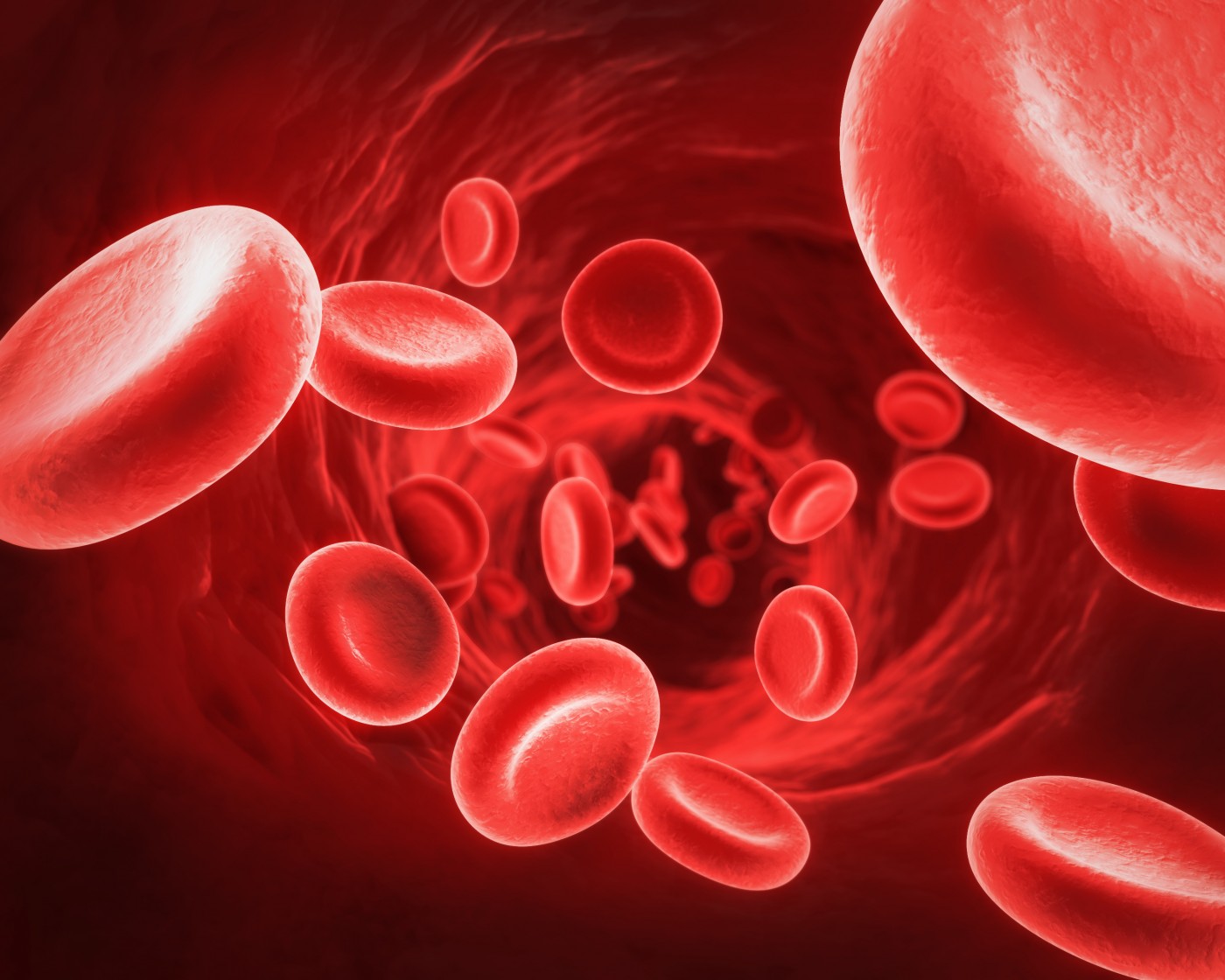Gene Editing Corrects Mutation that Causes Sickle Cell in Proof-of-Concept Study

Researchers were able to mend the mutated gene that causes sickle cell disease, and successfully transfer the corrected stem cells into mice. Their work could have enormous implications for millions worldwide, as it is proof-of-concept that such a treatment might also work in humans.
The study, “CRISPR/Cas9 β-globin gene targeting in human haematopoietic stem cells,” was published in the journal Nature.
Researchers have been working toward making gene therapy a reality for several decades now, although progress has generally been slow. But advances in technology over the last few years — particularly the introduction of the CRISPR/Cas9 toolbox for gene editing — has radically changed the scene.
CRISPR/Cas9 allows for much greater precision in the cutting and pasting of genes than previously possible, and it was this system that the research team at Stanford University School of Medicine used to produce stem cells devoid of the disease-causing mutation.
“What we’ve finally shown is that we can do it,” Matthew Porteus, MD, PhD, an associate professor of pediatrics and senior study author, said in a news release. “It’s not just on the chalkboard. We can take stem cells from a patient and correct the mutation and show that those stem cells turn into red blood cells that no longer make sickled hemoglobin.”
In earlier attempts, the team used older types of gene editing tools. To illustrate the huge difference in speed and ease, Porteus said that the team spent a half-dozen years trying to fix the beta globin gene using that method, but with CRISPR they had a better tool within a week.
Using human stem cells from the blood of patients with sickle cell disease, the team corrected the gene using CRISPR in a few cells, and went on to concentrate the stem cells so that 90 percent carried the corrected gene.
Once they had enough healthy stem cells, they injected the cells into young mice. “These stem cells have a property to be able to get from the blood system into the bone marrow where they then set up shop and start making other blood cells,” Porteus said.
Checking the mice bone marrow 16 weeks later, the corrected stem cells were alive and thriving. The good thing about gene therapy in sickle cell disease is that the corrected cells do not need to replace all sickled red blood cells in the body. Studies show that if the proportion of diseased cells drops below 30 percent, patients have no symptoms.
And corrected cells have a survival advantage. Cells carrying the mutated hemoglobin gene live for only about 10 days, while healthy red blood cells live for 120 days — a time span the corrected cells were able to achieve. In this way, corrected cells soon outnumber sick cells.
Although the corrected cells seemed to behave like normal cells, there is currently no way to assess the method’s safety. And although the first clinical trial of CRISPR corrected cells was just launched in China, the assessment of safety is complicated.
Among major concerns is fear that the method — although considered very accurate — might mistakenly change the DNA in a region other than the one intended. This could potentially introduce other diseases in a person.
But the team definitely believes that treatment is possible. “We’re excited about working to eventually bring this type of therapy to patients,” Porteus said.






